Despite a massive international aid operation being mobilised for the tens of thousands stricken by the devastating earthquake in Nepal, which killed more than 4,300 people, the country’s officials scrambled to get aid from the main airport to people left homeless and hungry, while thousands tired of waiting fled the capital Kathmandu for the surrounding plains.
Foreign countries have all escalated efforts to get medical equipment , medicine, food, water, blankets, tents and search-and-rescue teams into Nepal, but chaotic scenes at the main international airport have slowed the flow of aid.
Kathmandu’s Tribhuvan International Airport was hobbled by many employees not showing up for work, people trying to get out, and a series of aftershocks which forced it to close several times since the quake.
Aid workers at the Kathmandu airport were quoted by NDTV as saying that they struggled to get planes to land and supplies off the runway because many workers have gone home to deal with relatives, and damaged homes.
“It’s a completely chaotic situation,” Devendra Singh Tak, who works for Save the Children told NDTV . “The airport is not equipped to manage this kind of traffic, particularly when there’s no staff.”
India and China were among the first contributors to an international effort to support Nepal’s stretched resources while the United States announced an additional $9 million in aid for Nepal, bringing total disaster funding to $10 million.
US Defense Secretary Ash Carter said two C-17 U.S. Air Force transport planes carrying search-and-rescue personnel and supplies were headed to Nepal. Australia is also sending a C-17 to deliver disaster relief supplies.
Canada has also sent a C-17 military transport plane loaded with emergency supplies to Nepal and ordered 150 troops on standby to travel overseas to help earthquake victims.
The British government , which has pledged £5 million towards the disaster relief effort , said it would dispatch an RAF transport plane to Nepal carrying a team of Gurkha engineers, more than 1,100 shelter kits and over 1,700 solar lanterns.
But the authorities are struggling to cope with the aftermath. So even though relief aid has been pouring in, the government is overwhelmed with requests for help across the country, as everything from paramedics to electricity remain in short supply. Add bad phone lines, poor roads, lack of equipment and strong, repeated aftershocks to that and it gets really troublesome to even mount safety operations.
A report in Times of India says having no experience of dealing with such a disaster, Nepal has not been able to utilise resources at its disposal even though help has been pouring from across the world.
“In fact, the first team of doctors from India that landed in Nepal on Saturday, could not be deployed for 10 hours as Nepalese authorities could not figure out where to send them,” the report added .
Food and water shortages sparked anger across Nepal as thousands remained in the open even two days after the country’s worst earthquake in eight decades left 4310 dead and 7598 wounded, forcing Kathmandu to send out an SOS for more international help. The death toll could go much higher it turns out that vulnerable mountain villages — where information is still scarce and rescue workers are still struggling to reach — were hit hard.
Hospitals are almost overflowing, while water, food and power are scarce, raising fears of waterborne diseases. With aid slow to reach many of the most vulnerable, some Nepalis were critical of the government.
“The government has not done anything for us,” said Anil Giri, who was with about 20 volunteers looking for two of his friends presumed buried under rubble. “We are clearing the debris ourselves with our bare hands.”
On Monday, a group of people sheltered in the premises of the Constituent Assembly staged a protest while confronting policemen demanding food and drinking water.
Amid the protest, some women cooked noodles for their children in the open. “Shops are shut. This is the last food item I have. We are suffering due to lack of food and water,” Rama Sharma told IANS.
Officials acknowledged they were overwhelmed by the scale of the disaster.
“The big challenge is relief,” Chief Secretary Leela Mani Paudel, Nepal’s top bureaucrat was quoted as saying by AP.
“We urge foreign countries to give us special relief materials and medical teams. We are really desperate for more foreign expertise to pull through this crisis.”
As a report in Washington Post points out, " the vast international relief mission that has whirred into motion has reinforced the image of a seemingly helpless Nepali state, dependent on outside aid.
The Nepal Army admitted that people in 19 places in Kathmandu were still waiting for rescue work to begin. “People in these areas are calling us but we have not been able to do that due to several reasons,” said army spokesman General Jagadish Chandra Pokhrel.
Another officer admitted that heavy equipment cannot enter many narrow lanes of Kathmandu where destruction to property has been heavy.
With Prime Minister Narendra Modi monitoring India’s relief efforts, the Indian government reached out to the Himalayan nation whose Prime Minister Sushil Koirala admitted that operations following the devastating quake of Saturday were not effective.
The “rescue, relief and search operations have not been effective”, Koirala said. “The lack of development in institutions has had a severe impact in calamities management so that we couldn’t make it happen as we thought.”
The head of neighbouring India’s National Disaster Response Force (NDRF), General OP Singh, said finding survivors and the bodies of the dead would take time.
NDRF Director General OP Singh said heavy equipment could not fit through many of the narrow streets of Kathmandu.
“You have to remove all this rubble, so that will take a lot of time … I think it’s going to take weeks,” he told NDTV late on Monday.
“All foreign teams are at the disposal of Nepalese Army and working under their operational command. We can’t go anywhere on our own. The result is things have not picked up as much pace and efficiency as they should in this situation,” another NDRF official told Times of India.
Nepal has declared 29 out of its 70 districts as crisis zones.
Few vehicles plied on the streets of Kathmandu. Domestic flights have been suspended since Sunday. Schools have been shut for five days, and courts for three days.
The situation is worse in remote rural areas. Highways have been blocked by landslides, and many villages and communities are without water and electricity, surviving on salvaged food and with no outside help.
With inputs from Reuters and IANS


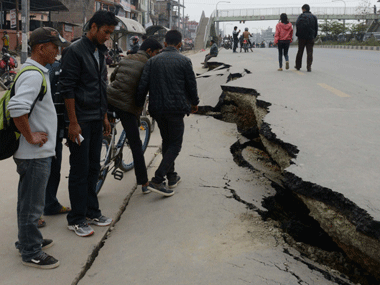)




)
)
)
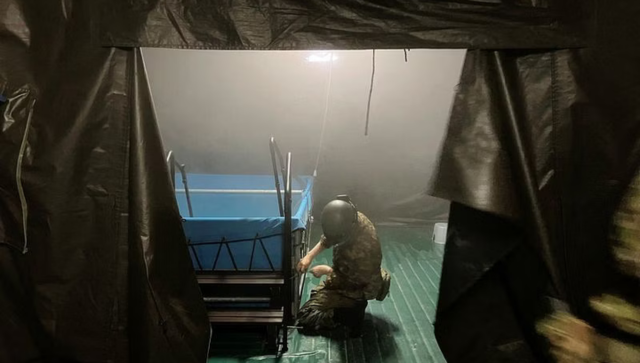)
)
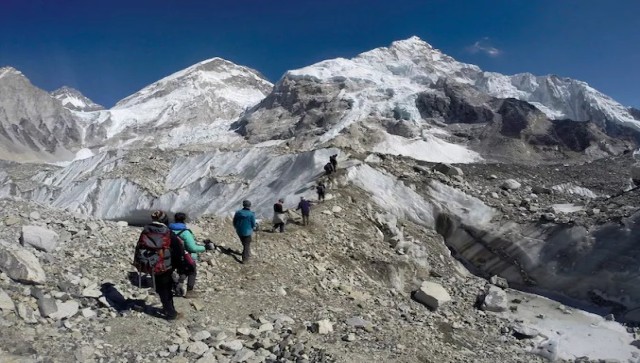)
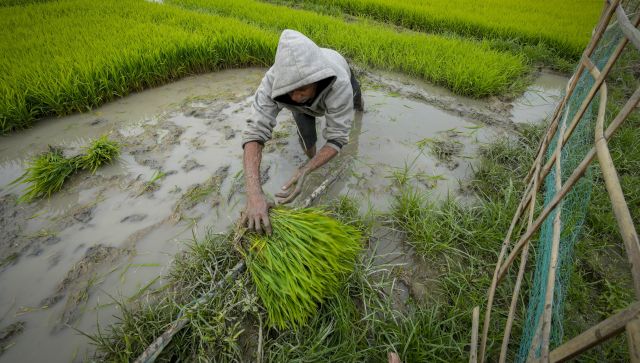)
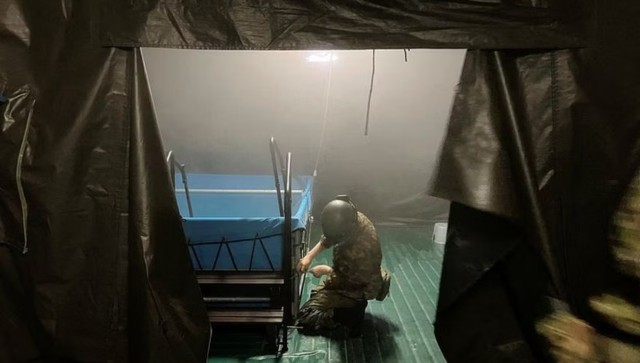)